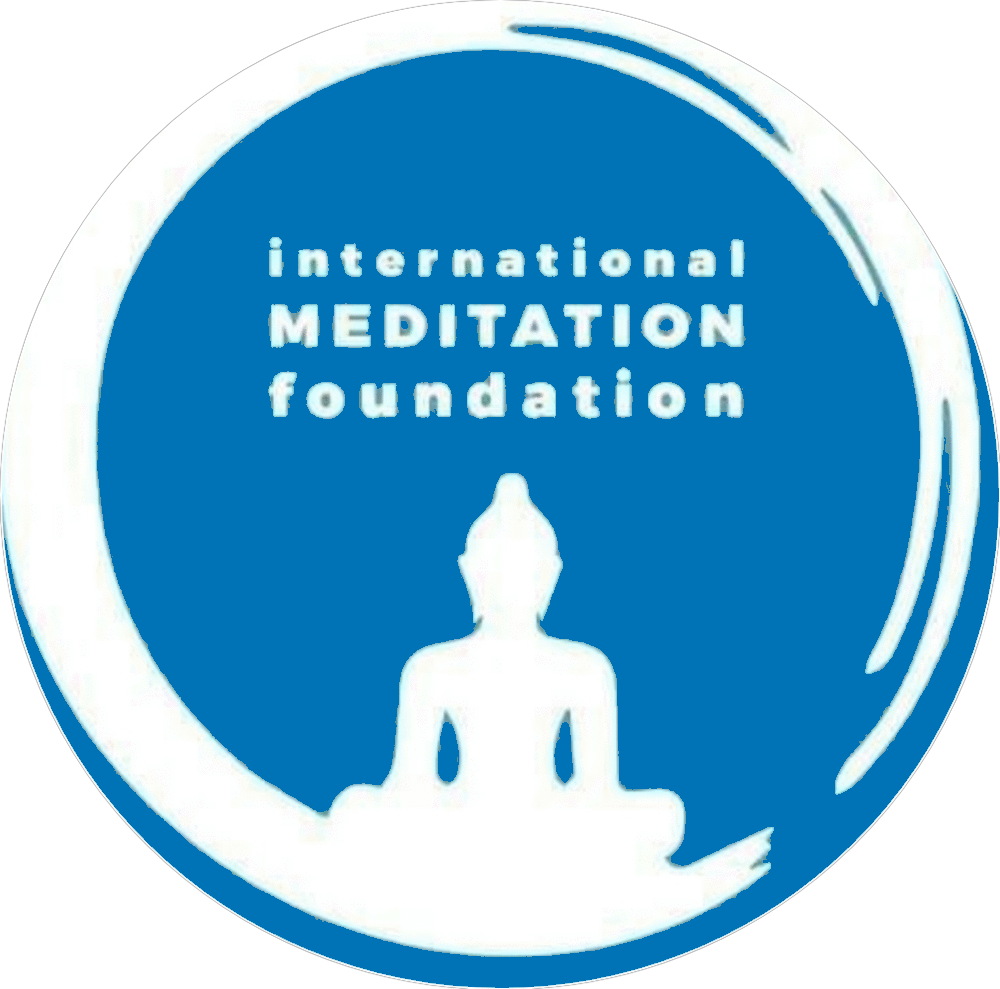Now for the good news! As I mentioned earlier, meditation offers a time-honored antidote to fragmentation, alienation, isolation, and stress-related illnesses and depression. While it may not solve all the external problems in your life, it does help you develop inner resilience, balance, and strength to navigate the ups and downs and find creative solutions.
To understand how meditation works, let’s imagine that your body and mind are a complex computer. Instead of being programmed to experience inner peace, harmony, equanimity, and joy, you’ve been programmed to respond to life’s inevitable ups and downs with stress, anxiety, and dissatisfaction. However, you have the power to change your programming.
By setting aside time each day, even just 10 or 15 minutes, to sit quietly and attune yourself to the present moment, you’re developing new habitual responses and programming yourself to experience more positive emotions and mind-states. Research shows that meditation actually alters the brain in significant ways, benefiting both mental and physical well-being.
If the computer analogy doesn’t resonate with you, think of life as an ocean. The constant ups and downs you experience are like waves churning and roiling on the water’s surface. When you meditate, you dive beneath the surface to a quiet place where the water is calmer and more consistent. Whatever metaphor you prefer, the point is that meditation provides a way to transform stress and suffering into equanimity and ease.
For centuries, the Western world has focused on external achievements, while the East has valued inner development. Now, the currents of East and West, North and South, have joined and are intermingling to form an emerging global culture and economy. We can now apply the inner “technology” perfected in the East to balance the excesses of rapid technological innovations in the West.
Just like master computer programmers, the great meditation masters throughout history developed the capacity to program their bodies, minds, and hearts to experience highly refined states of being. While the West was charting the heavens and initiating the Industrial Revolution, these masters were achieving remarkable accomplishments of their own:
1. Penetrating insights into the nature of the mind and the process of suffering and stress.
2. Deep states of ecstatic absorption in union with the Divine.
3. Wisdom to discern relative reality from the sacred dimension of being.
4. Unshakable inner peace that external circumstances can’t disturb.
5. Cultivation of positive mind-states such as patience, love, kindness, equanimity, joy, and compassion for others.
6. Control over bodily functions considered involuntary, such as heart rate, body temperature, and metabolism.
7. Mobilization and movement of vital energy for healing and personal transformation.
8. Special psychic powers like clairvoyance and telekinesis.
While these qualities were traditionally used for seeking liberation from suffering and gaining profound insights, the meditation technology they developed is now widely available in the West. Ordinary individuals like us can use these techniques in our everyday lives to experience extraordinary benefits.
By incorporating meditation into our daily routines, we can tap into our inner potential, find peace amidst chaos, and cultivate positive qualities that enhance our well-being and relationships. Meditation is not a quick fix, but a lifelong practice that gradually transforms our inner landscape and empowers us to face the challenges of the 21st century with resilience and equanimity.
So, take a moment each day to sit quietly, attune yourself to the present moment, and embark on a journey of self-discovery and transformation. The power of meditation awaits you, offering a path to inner peace, balance, and joy in the midst of life’s ups and downs.
